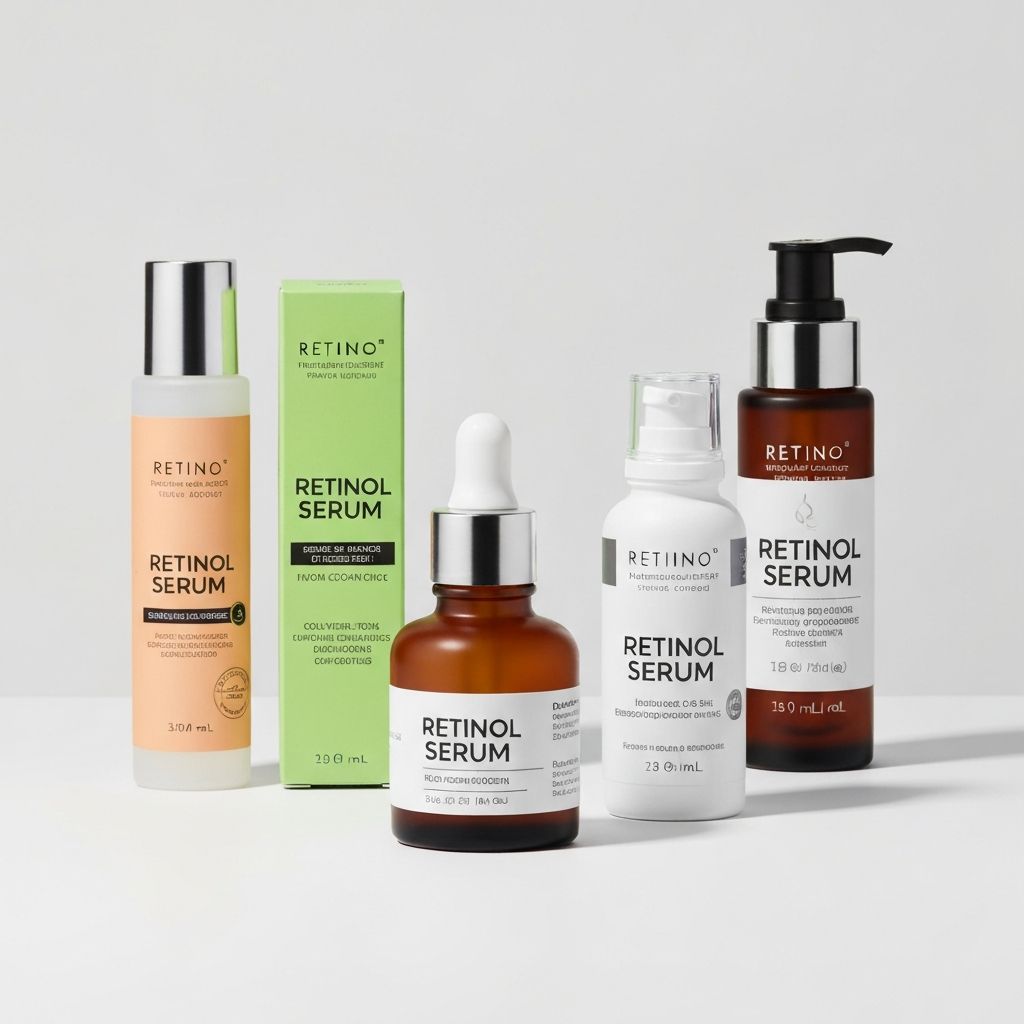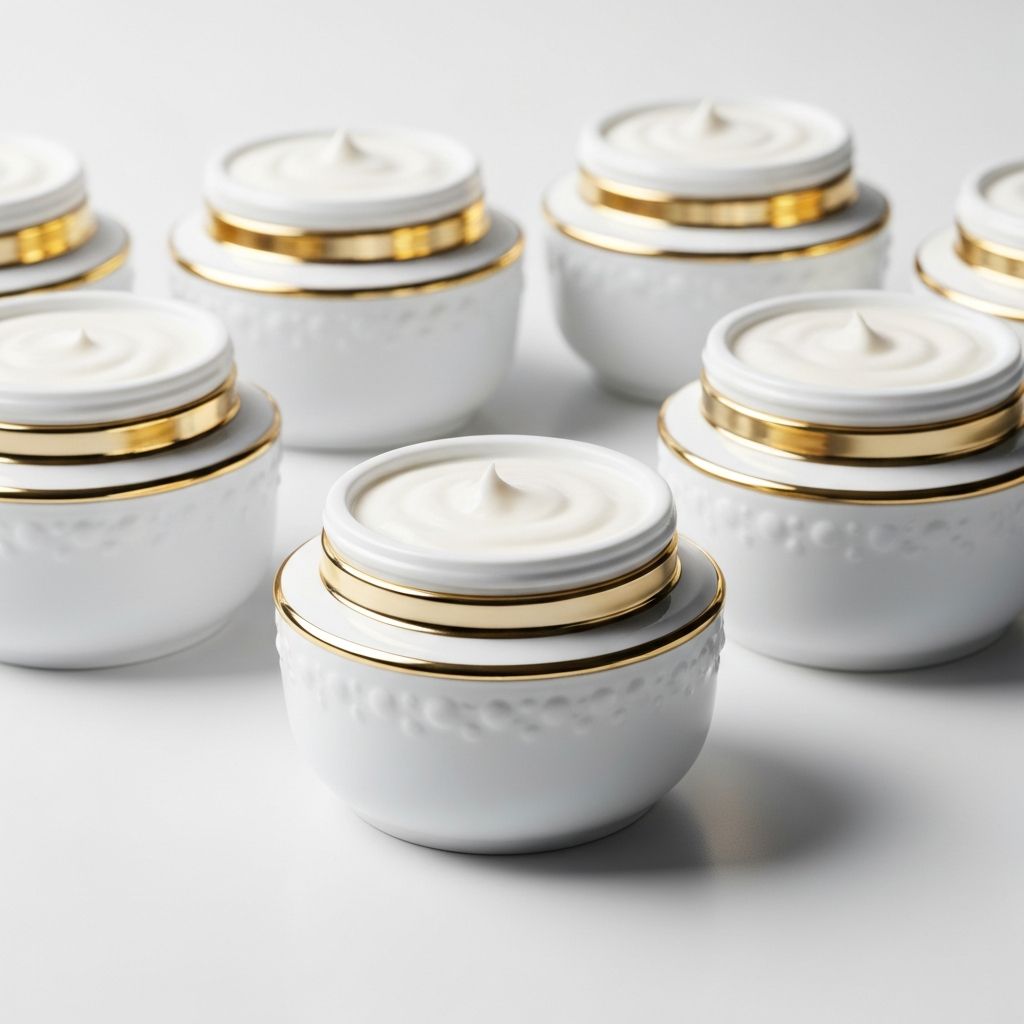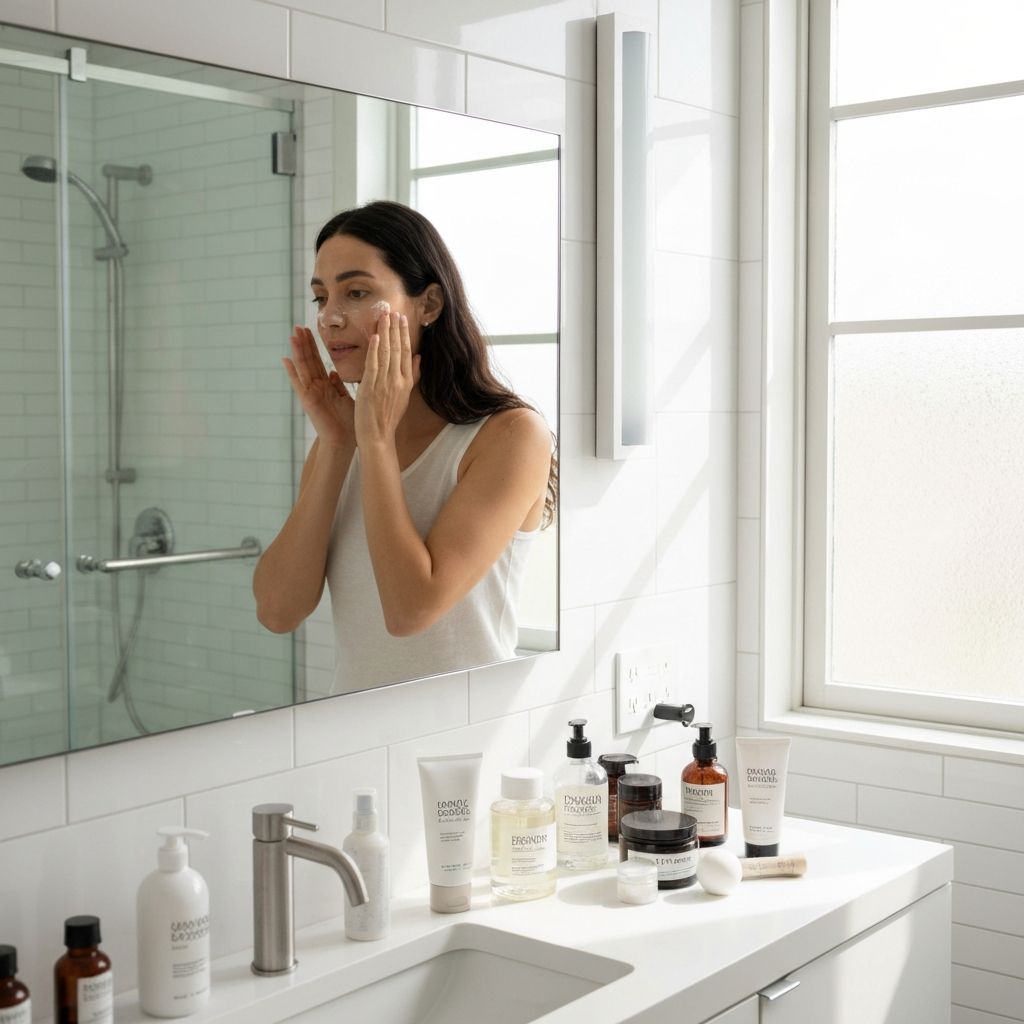The Complete Guide to Retinol: Everything You Need to Know
Discover how to safely incorporate retinol into your routine, avoid common mistakes, and maximize anti-aging benefits.


Retinol has earned its reputation as the gold standard in anti-aging skincare, but navigating its use can be tricky. This comprehensive guide will help you understand everything about this powerful ingredient.
What is Retinol?
Retinol is a derivative of vitamin A and belongs to a class of compounds called retinoids. It works by increasing cell turnover and stimulating collagen production, which helps reduce fine lines, wrinkles, and hyperpigmentation.
Benefits of Retinol
Studies have shown that retinol can effectively reduce the appearance of fine lines and wrinkles by up to 80% with consistent use over 12 weeks. It also helps fade dark spots, smooth skin texture, and unclog pores.
How to Start Using Retinol
The key to success with retinol is starting slowly. Begin with a low concentration (0.25% to 0.5%) and use it just twice per week for the first two weeks. Gradually increase frequency as your skin builds tolerance.
Always apply retinol to clean, dry skin at night. Follow with a moisturizer to minimize potential irritation, and never forget to wear SPF 30+ during the day as retinol increases sun sensitivity.
Common Mistakes to Avoid
Many people make the mistake of using too much retinol too soon. This can lead to redness, peeling, and irritation. Start slow, be patient, and remember that results take time – typically 8-12 weeks of consistent use.
Another common error is combining retinol with other active ingredients like AHAs, BHAs, or vitamin C in the same routine. These combinations can cause excessive irritation. Instead, alternate nights or use them at different times of day.

About Dr. Sarah Chen
Board-certified dermatologist with 15+ years of experience in skincare science


